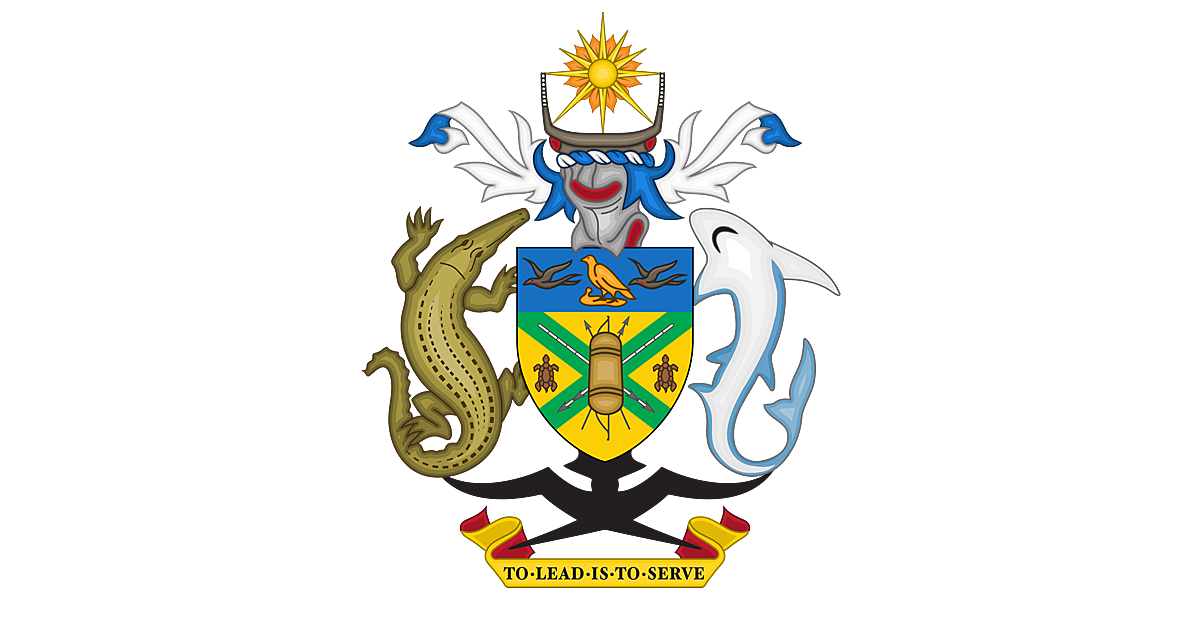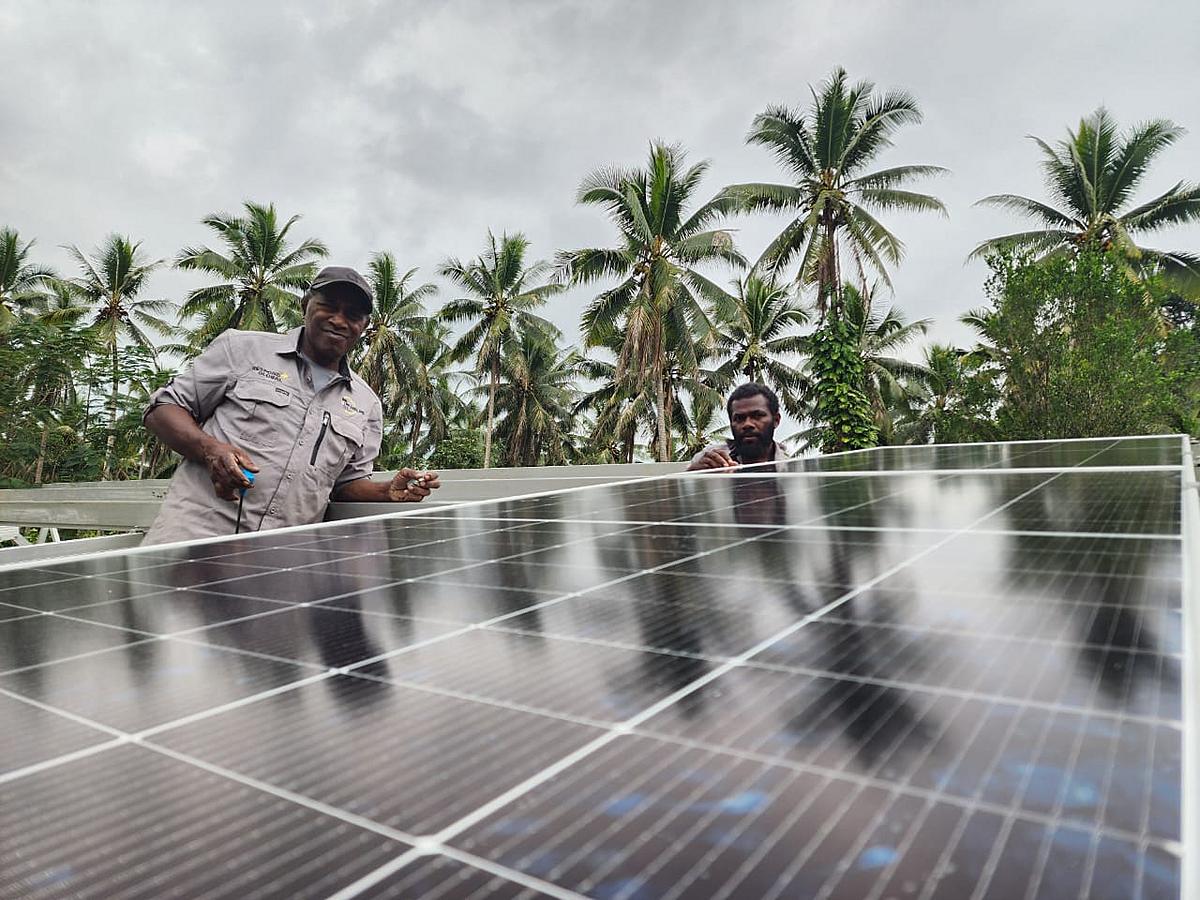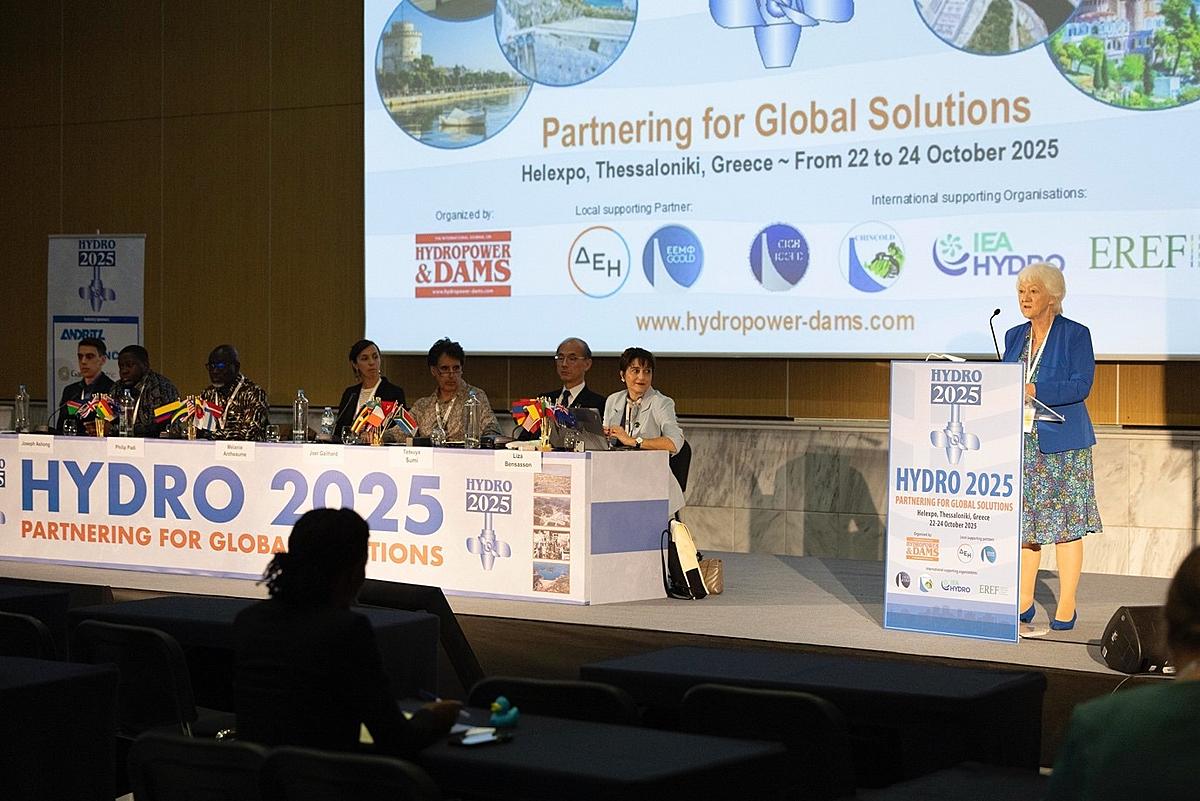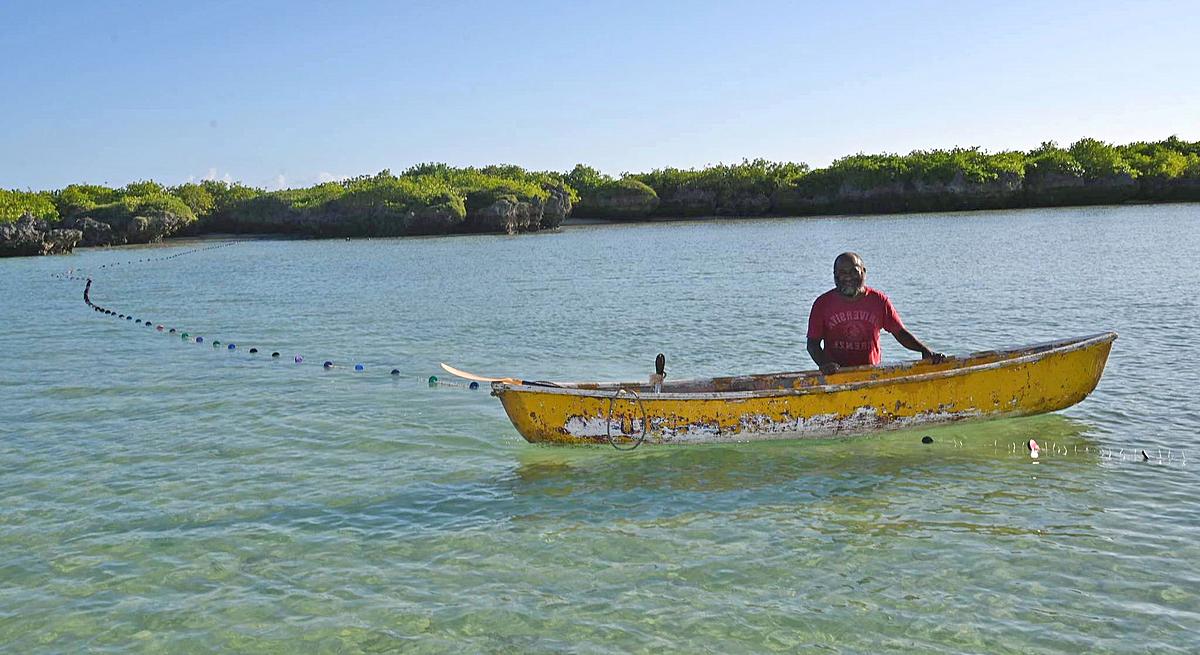The Solomon Islands National Statistics Office (SINSO) has announced the successful completion of the 2024 National Economic Establishment Census (NEEC), covering all principal business locations across the nine provinces and the capital, Honiara.
Supported technically and financially by the World Bank under the Capacity Building for Statistics and Audit (CAPSA) project, the census utilised 55 enumerators and 18 team leads to identify and register formal and informal business establishments in the region.
The NEEC collated comprehensive data on business characteristics, including industry classification (for example manufacturing, trade, services), number and type of workers (hired vs non-hired), location data, legal status, ownership, turnover classes and other business-demography information. The methodology and full findings are detailed in the main report; this release provides selected highlights and a link to the richer dataset.
Key findings
The census estimates a total of 22,567 business establishments in the Solomon Islands. Of these:
- 11,991 (53 %) are formal business establishments;
- 10,576 (47 %) are informal micro-establishments.
By region the distribution is as follows:
- Province of Malaita accounts for the largest share of business establishments at 6,697 (29.7 %).
- Honiara together with the rest of Guadalcanal registers 8,298 establishments (22.1 %).
In terms of economic activity (ISIC level 1):
- Trade dominates: 17,674 establishments, or 78.3 % of the total.
- Manufacturing follows with 2,321 establishments (10.3 %).
- Accommodation and food-service activities account for 1,086 establishments (4.8 %).
Other sectors, such as agriculture, forestry and fishery (564; 2.5 %), information and communication (283; 1.3 %) and education (123; 0.5 %) make up smaller proportions.
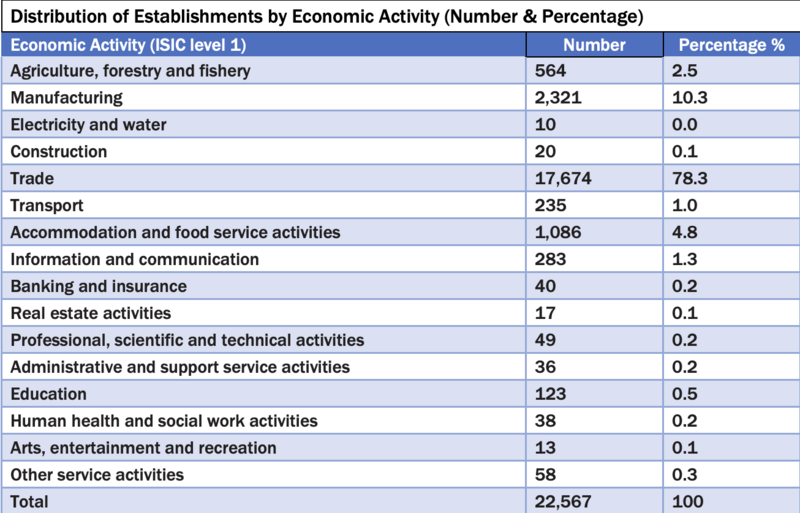
Methodology and next steps
The census canvassed 108 wards (out of a total of 183) selected in proportion to population density. In those wards, all streets were surveyed and business activities identified using digital tablets to register establishments. For the remaining 75 wards an imputation method was applied, drawing on the 2019 Population & Household Census and the NEEC results to estimate numbers of establishments and employment size.
SINSO emphasises that while the census provides an “excellent estimate of the visible economy with a more or less permanent location”, certain industries — for example small construction firms, transport sector operations, mining and the financial sector — may be less well covered by the census. For some of these, more authoritative data sources already exist, so census results for those sectors are omitted in the publication.
The next milestone will be the launch of the Annual Economic Survey (AES) later in 2025. The AES will draw a sample from the new Statistical Business Register (SBR) developed from the NEEC and will collect detailed data on business revenues, costs and employment. The outcomes will feed into improved business statistics and a new estimate of GDP. SINSO stated:
“We count on the cooperation of the business community in achieving this new milestone.”
Significance
With this NEEC, SINSO and its partners have laid a robust foundation for economic statistics in the Solomon Islands. The rich dataset enables policymakers to track business demography, identify sectoral and regional patterns, and strengthen the Statistical Business Register — a key tool for future economic monitoring. The predominance of trade (78.3 %) highlights the central role of commerce in the local economy, and the nearly even split between formal and informal establishments underscores the significance of the informal sector for livelihoods.
The forthcoming AES in 2025 will build on this foundation by shifting from counts of establishments to deeper performance metrics, facing the challenge of integrating both visible and less-visible elements of the economy.

